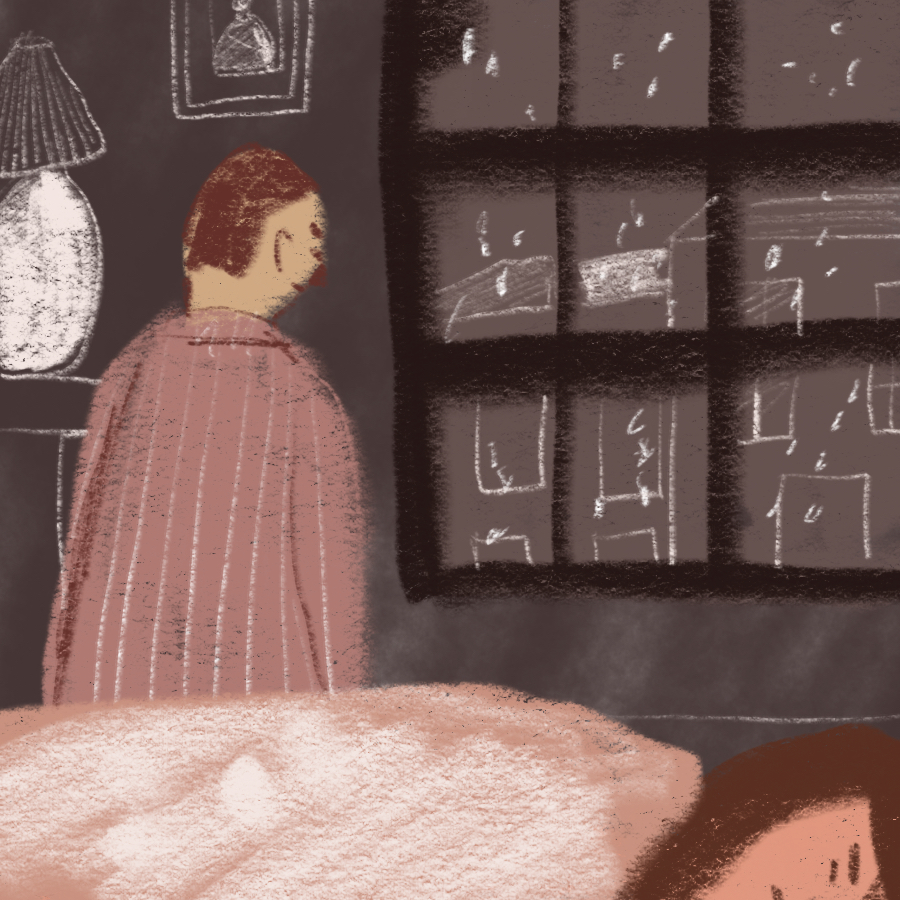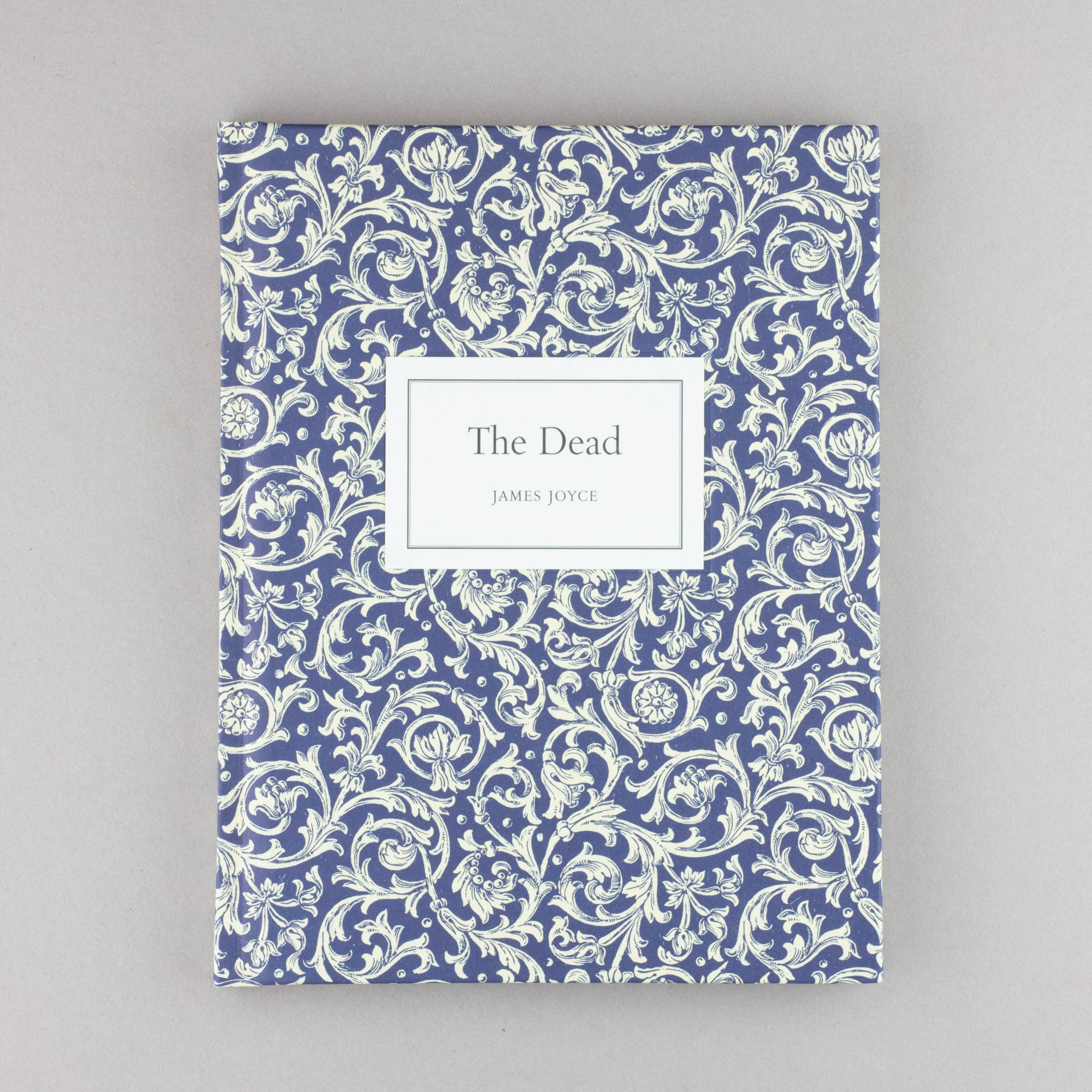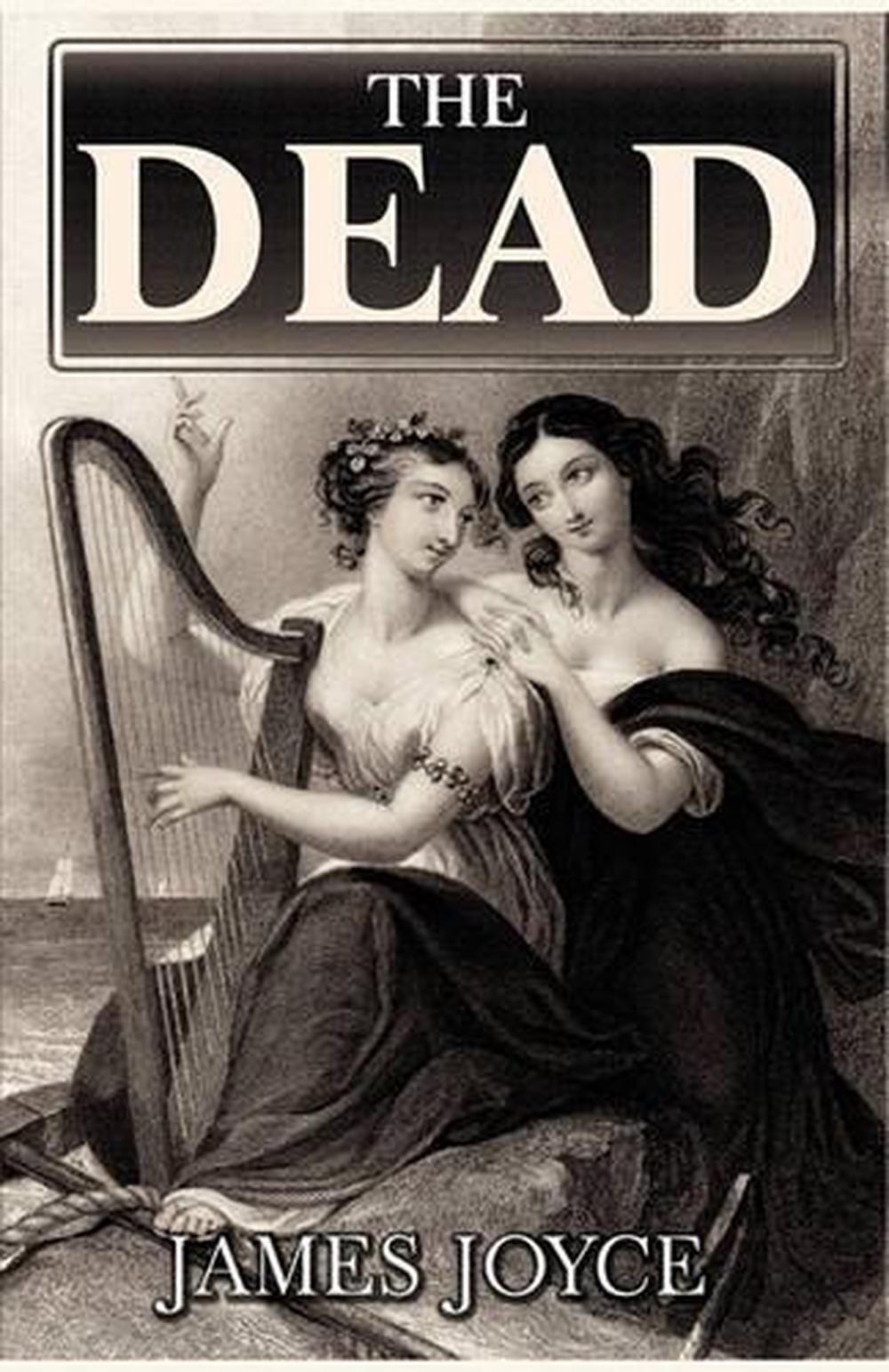

A great deal of critical attention has been given to the story over the years since it was published.A shocking confession from his wife prompts Gabriel to reconsider what he knows and understands of his wife and their shared past, whether it is better to die young, and what will be remembered of him when he is gone.Ĭritically acclaimed author James Joyce’s Dubliners is a collection of short stories depicting middle class life in Dublin in the early twentieth century. The story has many characters and a number of references to the dead, and many of the characters are based on people Joyce knew-his friends and family members.

Critics disagree as to whether this change involves an acceptance of his own self-consciousness or whether he has a moment of spiritual growth, becoming a more compassionate and humane person.

Joyce does not make it clear, however, what kind of change Gabriel's revelation, or epiphany, brings in him. Conroy is presented as a rather awkward, condescending, and self-absorbed man, but he later has a moment of self-realization when his wife tells him about a relationship she had as a young girl with a youth who loved her passionately.

With its meticulous detail, the story is realistic in style, focusing less on great events than on subtle symbolism. The plot of "The Dead" presents the thoughts and actions of one man, Gabriel Conroy, on a night he and his wife attend a party given by his two aunts. The prominent characteristic he saw in Ireland, and particularly in Dublin, was the spiritual paralysis of its people. In his book, Joyce wanted to give the history of Ireland. "The Dead" is the last story in the collection, and it unites the themes found in the earlier stories. James Joyce wrote "The Dead" in 1907, three years after writing the fourteen other stories that were eventually published with it in his collection entitled Dubliners (1914).


 0 kommentar(er)
0 kommentar(er)
